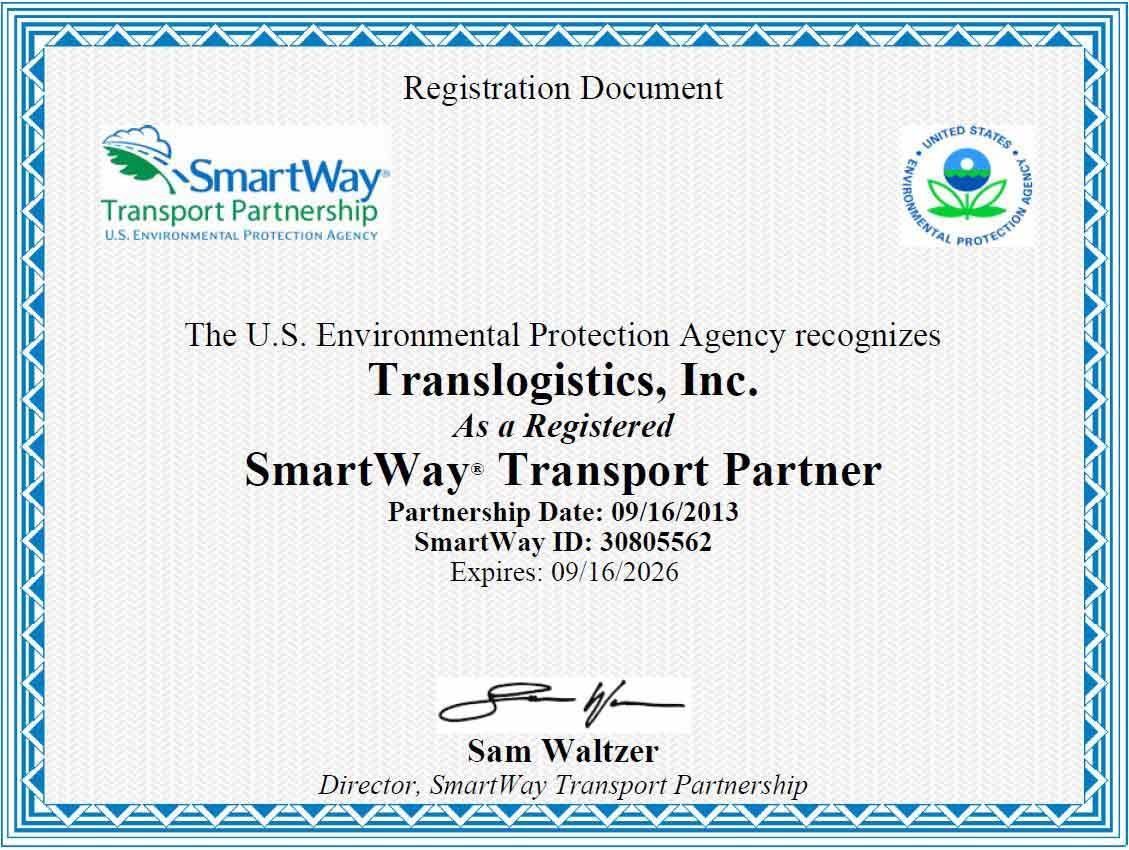Cross Trade in International Shipping: Exploring Pros and Cons
Cross Trade in International Shipping
Cross trade, also known as triangular trade or third-party trade, is a significant aspect of international shipping. It involves the movement of goods directly between two countries by a shipping carrier without passing through the home country of the carrier. This article aims to provide an understanding of cross trade in international shipping, along with its pros and cons.
What is Cross Trade in International Shipping?
Cross trade occurs when a shipment is transported directly between two countries by a shipping carrier from a different country. For instance, if a Chinese shipping carrier transports goods from India to the United States, bypassing China, it would be considered a cross trade shipment. The process involves coordinating logistics, documentation, and customs requirements without involving the carrier's home country.
Pros of Cross Trade:
- Increased Efficiency: Cross trade eliminates the need for goods to be transported to the carrier's home country, reducing transit times and potential delays. It enables a direct shipping route, resulting in faster deliveries and improved supply chain efficiency.
- Cost Savings: By bypassing the carrier's home country, cross trade can lead to cost savings. Avoiding additional handling and storage costs at the carrier's home port can make cross trade a more economical option.
- Expanded Market Opportunities: Cross trade allows businesses to explore new markets and expand their reach without relying on traditional shipping routes. It opens up possibilities for direct trade between countries that may not have established shipping connections.
- Increased Flexibility: Cross trade provides flexibility in terms of sourcing and distribution. Companies can source products from one country, ship them directly to another, and bypass additional logistical complexities associated with rerouting shipments.

Cons of Cross Trade:
- Complex Coordination: Coordinating cross trade shipments involves dealing with multiple parties, including suppliers, shippers, and customs authorities in different countries. This complexity can pose challenges in terms of paperwork, communication, coordination, and managing logistics effectively.
- Legal and Regulatory Compliance: Each country has its own import and export regulations, customs requirements, and documentation procedures. In cross trade, businesses must ensure compliance with the laws of both the origin and destination countries, adding an additional layer of complexity and potential compliance risks.
- Limited Control: Engaging in cross trade means relying on a shipping carrier that may not have a physical presence or strong relationships in the origin or destination countries. This lack of direct control over the shipping process can introduce uncertainties and challenges in terms of transparency and customer service.
- Dependency on Third Parties: Cross trade involves the engagement of multiple intermediaries, including freight forwarders, customs brokers, and local agents. Businesses relying on these intermediaries must carefully select and manage them to ensure smooth operations and avoid disruptions.

Is Cross Trade appropriate for my business?
Businesses engage in cross trade international shipments for various reasons. Here are some key motivations behind opting for cross trade:
- Cost Optimization: Cross trade allows businesses to explore cost-saving opportunities. By bypassing the carrier's home country, companies can avoid additional handling and storage costs associated with traditional shipping routes. This can result in significant cost savings, especially for businesses operating on tight budgets or looking to maximize profit margins.
- Market Expansion: Cross trade enables businesses to access new markets and expand their customer base without relying solely on established shipping routes. It opens up opportunities for direct trade between countries that may not have direct shipping connections. This expansion into new markets can lead to increased sales, business growth, and a competitive edge.
- Faster Transit Times: By eliminating the need for goods to pass through the carrier's home country, cross trade can significantly reduce transit times. Direct shipping routes result in faster deliveries, allowing businesses to meet customer demands more efficiently and respond quickly to market fluctuations.
- Enhanced Supply Chain Efficiency: Cross trade can streamline supply chain operations. By directly transporting goods between two countries, businesses can simplify logistics, reduce the number of intermediaries involved, and eliminate potential bottlenecks or delays associated with routing shipments through additional ports.
- Sourcing and Distribution Flexibility: Cross trade offers businesses greater flexibility in sourcing products and distributing them to different markets. It allows companies to leverage competitive advantages in specific regions by sourcing goods from one country and shipping them directly to another, bypassing unnecessary logistical complexities.
- Geographic Diversification: Engaging in cross trade enables businesses to diversify their geographic presence. By expanding operations into new markets through direct trade routes, companies can reduce their reliance on a single market or shipping corridor, mitigating risks associated with regional disruptions, geopolitical events, or economic downturns.
- Customer Demand and Satisfaction: Cross trade can help businesses meet customer demand more effectively. By establishing direct shipping routes, companies can offer shorter lead times, faster order fulfillment, and improved customer satisfaction, ultimately building stronger relationships with their clients.
It is important for businesses to carefully assess their specific goals, market dynamics, regulatory requirements, and logistical considerations before engaging in cross trade international shipments.

What is the difference between drop shipment and cross trade?
A drop shipment and a cross trade are two distinct concepts in the realm of international shipping. Here's a breakdown of the key differences between the two:
Drop Shipment:
A drop shipment, also known as a direct shipment or a direct-to-customer shipment, occurs when a product is shipped directly from the manufacturer or supplier to the end customer, bypassing the retailer or distributor. In a drop shipment scenario, the seller acts as an intermediary, coordinating the transaction between the customer and the supplier, but does not physically handle the product.
Key characteristics of drop shipments include:
- Involves three parties: The supplier, the seller, and the customer.
- The seller does not stock or handle the product being shipped.
- The supplier ships the product directly to the customer's location.
- The seller may provide the necessary documentation, such as invoices or shipping labels.
- The customer receives the product without it passing through the seller's physical location.
Drop shipments are often used to streamline logistics, reduce costs, and improve efficiency in the supply chain. They are commonly employed in e-commerce and retail industries where sellers leverage the inventory and distribution capabilities of suppliers to fulfill customer orders more quickly.
Cross Trade:
Cross trade, as discussed earlier, involves the direct movement of goods between two countries by a shipping carrier without passing through the carrier's home country. It typically occurs when a shipping carrier from a third country transports goods between two other countries.
Key characteristics of cross trade include:
- Involves three countries: The origin country, the destination country, and the carrier's home country.
- The shipping carrier facilitates the transportation of goods directly between the origin and destination countries.
- The carrier's home country is bypassed, and the goods do not enter or pass through it.
- Cross trade requires coordination of logistics, documentation, and customs requirements between the parties involved.
Cross trade shipments are used to optimize shipping routes, reduce transit times, and explore new market opportunities. It allows businesses to engage in direct trade between countries without relying on traditional shipping channels. Drop shipment focuses on the direct shipment of products from the supplier to the end customer, while cross trade involves the direct movement of goods between two countries by a shipping carrier without passing through the carrier's home country.
Cross Trade Shipping Summary
Cross trade plays a vital role in international shipping by facilitating direct trade routes between countries without involving the carrier's home country. While it offers advantages such as increased efficiency, cost savings, expanded market opportunities, and flexibility, there are also challenges in terms of coordination, compliance, limited control, and dependency on third parties. Businesses must carefully evaluate the pros and cons of cross trade to determine if it aligns with their specific needs and objectives in the ever-evolving landscape of international trade.
Cross Trade FAQ
Cross Trade in shipping?
Cross Trade Shipments, also referred to as triangular operations or intermediation, occur when cargo is transported directly from one country to another without transiting through the country where the shipper's business is registered.
What does cross trade mean in shipping?
A cross trade is when stuff is sent from one country to another, but not from the country where the seller lives. It's like sending things far away to another country, and it's sometimes called foreign-to-foreign shipments, third-party shipments, or triangle shipments.
What does it mean to cross ship?
In logistics, a cross shipment involves shipping materials to customers from a secondary shipping point instead of the preferred one. This practice is adopted for various reasons, including leveraging reduced shipping expenses or fulfilling specific product demands from customers.
What is a cross trade shipment bill of lading?
The cross-trade shipment bill of lading, issued by the logistics provider, acts as a contractual agreement among the logistics provider, seller, and buyer. Accuracy and currency of information on this document are crucial to prevent any complications during customs clearance.
What is the benefit of cross trade shipping?
Cross-trade shipping offers significant advantages by providing efficient logistics services for shipments of varying sizes from any port worldwide to even the most remote destinations. This is made possible through a robust global network comprising reliable shipping agents and freight forwarders, ensuring streamlined operations and timely deliveries.
- Low Cost
- Large Capacity
- Flexibility
- Reduced Transit Time
- Environmental Impact
For businesses, cross-trade shipping presents a convenient solution to optimize their supply chains. It enables quick response times and competitive pricing, thereby enhancing overall efficiency and cost-effectiveness in logistics management.
What are the cons of cross trade shipping?
Despite its benefits, cross-trade shipping poses certain challenges. These include the necessity for meticulous customs clearance and document preparation, which demands specialized personnel.
Moreover, the effectiveness of cross-trade shipping heavily depends on a robust international network comprising trusted shipping agents and freight forwarders. Consequently, establishing and nurturing these relationships is paramount.
Cross trade shipping represents a complex yet rewarding aspect of global commerce. Companies such as Translogistics exemplify how businesses can capitalize on this shipping method to enhance their supply chains. However, it's essential to recognize that it requires a high level of expertise and a well-established international network.
Therefore, businesses contemplating this shipping method should ensure they possess the requisite resources and support.
TLI Insights
Get the latest logistics insights and tips from TLI's award-winning team. Stay ahead in transportation planning.
Questions? Email us at marketing@shiptli.com




